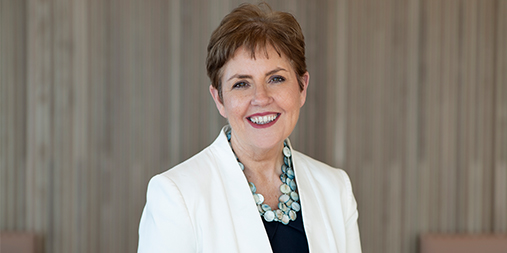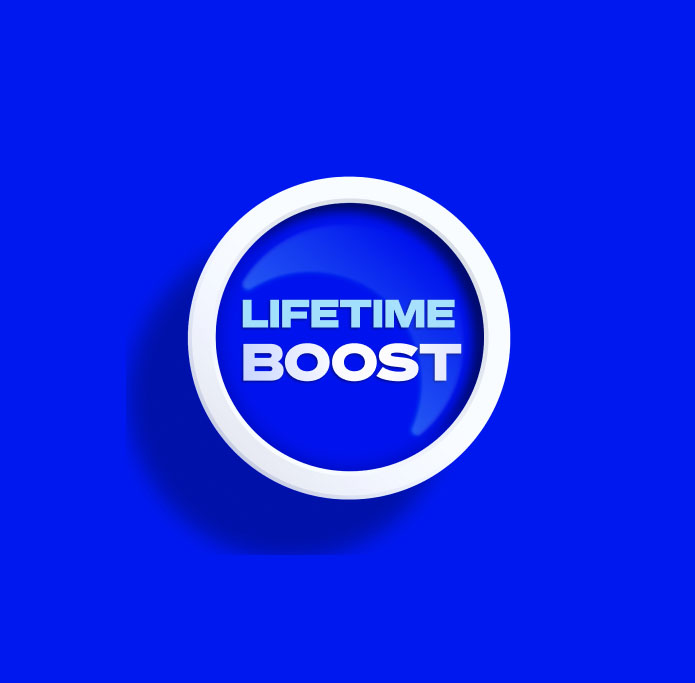Generally, your super savings will build up over the course of your working life as money from your employment income is put into super by yourself, or by your employer under the super guarantee (SG), if you’re eligible.
You can make additional voluntary contributions to your super on top of this if you choose to. However, there are limits on the amount you can contribute each year and there are separate caps, depending on the types of contributions you may choose to make.
What types of super contributions can I make?
Super contributions typically fall into two categories being concessional contributions and non-concessional contributions.
1. Concessional contributions include
Compulsory SG contributions, which are the before-tax contributions your employer is required to make into your super fund under the super guarantee, if you’re eligible.
Salary sacrifice contributions, which are additional contributions you can get your employer to make into your super fund out of your before-tax income, if you choose to.
Tax-deductible contributions, which are voluntary contributions you can make (such as when you transfer funds from your bank account into your super) that you then claim a tax deduction for. These can be made by self-employed people and employees, and in some cases by those who aren’t working or who have retired.
Note, concessional contributions are usually taxed at 15% in your super fund (or 30% if your total income exceeds $250,000), which for most people, means you’ll typically pay less tax on super contributions than what you do on your income.
2. Non-concessional contributions include
Personal contributions, which you can also make by transferring funds from your bank account into super, but which you can’t claim a tax deduction for. Some people may choose to make non-concessional contributions when they’ve reached their yearly concessional contribution cap, following an inheritance or sale of a large asset, or to receive a government co-contribution.
What super contribution caps apply?
If you’re making contributions to your super, there are limits on the amount of concessional and non-concessional contributions you can make each year. See below how much you can put in annually.
| Contribution type | Your age | Cap |
| Concessional | All | $30,000 a year. Plus, unused cap amounts accrued since 1 July 2018 if you’re eligible* |
| Non-concessional | Under 75 | $120,000 a year. Alternatively, up to three years of annual caps ($360,000) under bring-forward rules if you’re eligible** |
| Non-concessional | Under 75 | $120,000 a year** |
* This broadly applies to people whose total super balance was less than $500,000 on 30 June of the previous financial year.
** How much you can make as a non-concessional contribution depends on your total super balance as at 30 June of the previous financial year.
Other rules regarding super caps
If you exceed super contribution caps, additional tax and penalties might apply.
If you have super assets of $2 million or more as at 30 June of the previous financial year, you can’t make additional non-concessional contributions to your super, or you may be penalised. There are also restrictions on the ability to trigger bring-forward rules where you have a large total superannuation balance (more than $1.66 million).
If you’re 55 or over, you may be able to make a voluntary downsizer contribution to your super of up to $300,000, using the proceeds from the sale of your main residence, regardless of your work status, super balance, or restrictions that otherwise apply (more on this below).
What potential super benefits exist?
Tax deductions on super contributions
To claim a tax deduction on voluntary super contributions you may choose to make, you’ll need to tell your super fund by filling out a notice of intent. You’ll generally need to lodge this notice and have the lodgement acknowledged by your fund before you file a tax return for the year you made the contributions.
Putting money into super and claiming it as a tax deduction may be of particular benefit if you receive some extra income that you’d otherwise pay tax on at your personal income tax rate (as this is often higher).
Similarly, if you’ve sold an asset that you have to pay capital gains tax on, you may decide to contribute some or all of that money into super, so you can claim it as a tax deduction. This could reduce or even eliminate the capital gains tax altogether. Keep in mind, you may not be able to access money you put into super for some time. More on this below.
Co-contributions from the government
If your total income is equal to or less than $47,488 in the 2025/26 financial year and you make after-tax contributions of $1,000 to your super fund, you might be eligible for a government co-contribution of up to $500.
If your total income is between $47,488 and $62, 488 in the 2025/26 financial year your maximum entitlement will reduce progressively as your income rises.
If your income is equal to or greater than the higher income threshold of $62,488 in the 2025/26 financial year, you won’t receive any co-contribution.
You don’t need to apply for the super co-contribution, but you’ll need to provide your tax file number to your super fund. Once you’ve lodged your tax return, the ATO will use it and the contribution information from your super fund to work out your eligibility. Any co-contribution that’s owed to you will usually be deposited into your super account.
The low-income super tax offset
If you earn $37,000 or less annually and your employer makes super contributions on your behalf, the government may refund the tax that was paid on those contributions back into your super account, up to a maximum of $500 per year.
If you’re eligible for the low-income super tax offset, the good news is it will be automatically calculated by the ATO and deposited in your super account after you lodge your tax return.
The spouse contributions tax offset
If you’re earning more than your partner and would like to top up their retirement savings, or vice versa, you may want to think about making spouse contributions.
If eligible, you can generally make a contribution to your spouse’s super fund and claim an 18% tax offset on up to $3,000 through your tax return. This type of contribution is considered a voluntary (non-concessional) contribution and will count toward your spouse’s non-concessional contribution cap.
To be eligible for the maximum tax offset, which works out to be $540, you would need to contribute a minimum of $3,000 and your partner’s annual income needs to be $37,000 or less.
If their income exceeds $37,000, you’re still eligible for a partial offset. However, once their income reaches $40,000, you’ll no longer be eligible for any offset, but can still make contributions on their behalf.
Downsizer contributions
People aged 55 or over can make a voluntary contribution to their super of up to $300,000 using the proceeds from the sale of their home (if it’s their main residence) – regardless of their work status, super balance, or contributions history.
For couples, both people can take advantage of this opportunity, which means up to $600,000 per couple can be contributed toward super. There are however, potential advantages, rules and other things you’ll want to be across.
Things to keep in mind
The value of your investment in super can go up and down. Before making extra contributions, make sure you understand, and are comfortable with, any potential risks.
The government sets general rules about when you can access your super. Typically, you won’t be able to access your super until you reach preservation age and meet a condition of release, such as retirement.
You may also like
-

How does your Super compare? AMP launches new super comparison tool to put members in control. -

Creating your tomorrow: AMP CEO Alexis George’s 2025 wrap-up From game-changing launches to big wins for our customers and community, 2025 has been a standout year at AMP. CEO Alexis George talks about our bold moves, new innovations and the real impact we’ve made together. -

Busting myths about AMP Super Lifetime Boost Confused by what AMP Super Lifetime Boost really offers? We’re clearing up the biggest myths – and explaining how this feature could help you enjoy a more confident, flexible retirement.
Important information
AMP Super refers to SignatureSuper® which is issued by N. M. Superannuation Proprietary Limited ABN 31 008 428 322 AFSL 234654 (NM Super) and is part of the AMP Super Fund (the Fund) ABN 78 421 957 449. NM Super is the trustee of the Fund.
® SignatureSuper is a registered trademark of AMP Limited ABN 49 079 354 519.
Any advice and information is provided by AWM Services Pty Ltd ABN 15 139 353 496, AFSL 366121 (AWM Services) and is general in nature. It hasn’t taken your financial or personal circumstances into account. Taxation issues are complex. You should seek professional advice before deciding to act on any information in this article.
It’s important to consider your particular circumstances and read the relevant Product Disclosure Statement, Target Market Determination or Terms and Conditions, available from AMP at amp.com.au, or by calling 131 267, before deciding what’s right for you. The super coaching session is a super health check and is provided by AWM Services and is general advice only. It does not consider your personal circumstances.
You can read our Financial Services Guide online for information about our services, including the fees and other benefits that AMP companies and their representatives may receive in relation to products and services provided to you. You can also ask us for a hardcopy. All information on this website is subject to change without notice. AWM Services is part of the AMP group.








